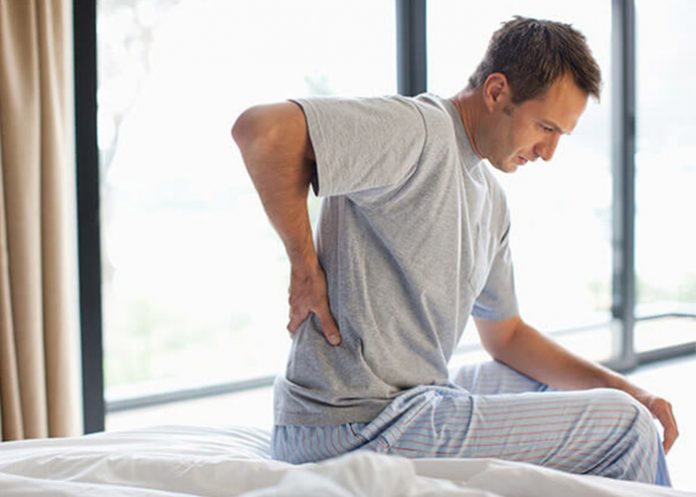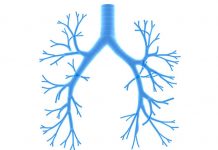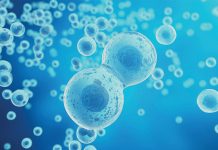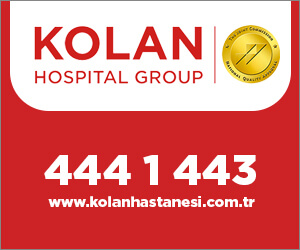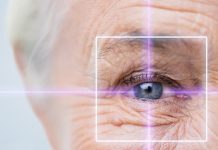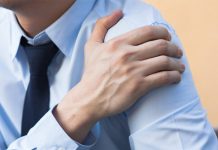SOME INFORMATION ABOUT WAIST PAIN:
Low back pain is common and specific diagnosis cannot be made in 85% of cases.
The best way to relieve low back pain are analgesics (pain medications).
Activity restriction may sometimes be necessary. The recommended rest period is 4 days. Since bed rest lasting more than 4 days will do more harm than good, patients should be supported to return to their daily activities as soon as possible.
Low back pain is the second most common health problem in which people seek medical help.
It constitutes 15% of the workforce losses caused by the disease.
The prognosis is good in many patients with low back pain. Healing is achieved with little or no medical intervention.
WAIST HERNIA ANATOMY
Our spine is made up of a chain of articulated bones called the “vertebra”. Bone trunks (corpus vertebralis) in the front part of the vertebrae lined up by means of intervertebral discs and facet joints on the side, and the laminae in the back form the spinal canal. The ‘spinal cord’, a very important neural structure, passes through this channel. Our cable-like nerve fibers that carry vital messages from the brain to our limbs and vice versa to our brain pass through this spinal canal. While the vertebrae are placed on top of each other, there is cartilage tissue that acts as a buffer between the bone bodies (corpus vertebralis). This tissue is called “discus intervertebralis”. The disc consists of an outer membrane called “anulus fibrosus” and a gellike core called “nucleus pulposus”.
As we age, the water content in the core of the disc decreases and its buffer properties decrease. Thus, the buffering capacity of the disc is reduced. The contents of the disc overflow to the back to compress the spinal cord and nerve roots. This is called “lumbar disc herniation”.
COMPLAINTS ABOUT THE WAIST NUTS
Complaints formed by the hernia are roughly divided into four groups:
1) Low back pain, leg pain and pain radiating from the back of the leg to the foot.
2) Numbness and tingling in the toes, back, heel, especially on the toes.
3) Weakness in toes, feet and legs.
4) Urinary incontinence.
WAIST PAIN ROUGH TWO WELDING
• RADICULOPATHY: Loss of nerve root (pain along nerve distribution, dermatomal sensory disorders, weakness in the muscles stimulated by the nerve root, and decreased tendon reflexes in the same muscles)
• MECHANICAL Lumbar Pain: Musculoskelatal low back pain. It is the most common type of low back pain. It may result from strain of the paraspinal muscle and / or ligaments, irritation of the facet joints.
TREATMENT PRINCIPLES IN WAIST NUTS
In very rare cases, emergency surgery may be required for patients with herniated disc. Sometimes the herniated disc part can pinch the nerves that control the bladder and intestine, causing incontinence or loss of bowel control. Numbness in the groin and around the reproductive organs may also be accompanied. This condition is called “cauda equina syndrome”. In such a situation, surgery is urgently required. Non-surgical treatment methods should be tried initially in cases other than urgent surgery requiring cauda equina syndrome (inability to urinate saddle-like numbness), progressive neurological loss, or marked motor weakness.
Surgical treatment is also required in the presence of severe pain that cannot be adequately controlled with appropriate drug therapy.
Surgical intervention is considered if certain diagnoses such as lumbar disc hernia or symptomatic lumbar narrow canal have been made and a satisfactory improvement is not observed with the conservative approach.
WAIST NUTS TREATMENT
Surgical treatment is preferred for patients who cannot achieve satisfactory improvement by non-surgical methods. The purpose of surgery in herniated disc is to eliminate the pressure on the spinal cord and nerve roots of herniated disc tissue, to relieve the nerve, thereby reducing the symptoms of pain and weakness.
In modern neurosurgery practice, “microscopic discectomy” method is most frequently preferred. With this method, the skin incision is kept short and the hernia tissue is cleaned with a microscopy accompanied by a minimally invasive (nerve) relief without damaging the tissues.
Patients who are operated with a microdiscectomy are usually allowed to walk the day after the operation and are discharged on the same day. Patients can meet their personal needs from the day after surgery.



